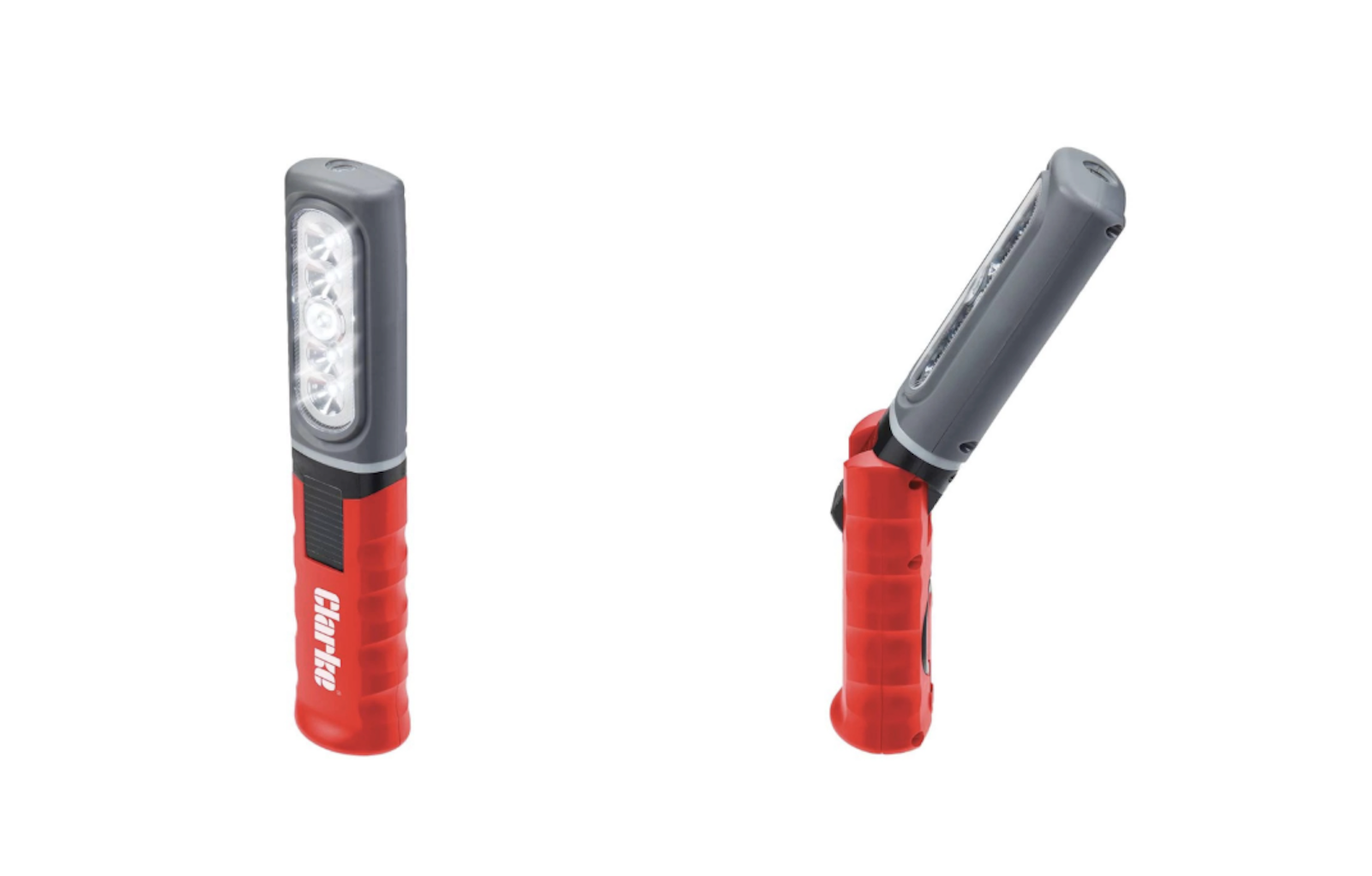Top 10 unanswered questions on A2 licence rules
Looking for clarity on what motorcycles you can and can’t ride with an A2 licence? So were we.

THE new licence rules which came into effect in January are a confusing quagmire of limits and age-dependent entitlements which even riding instructors find difficult to explain.
And if you were hoping government might be able to provide clarity, we have disappointing news.
We sent the Department for Transport 10 questions that have been troubling us here at Visordown HQ about the practicalities of A2 licence restrictions. We know, for example, there’s a 47bhp power limit, but is it measured at the wheel of crank?
There’s a power-to-weight ratio limit, but does the motorcycle’s weight include fuel? What about luggage?
Can we restrict bikes ourselves, or add weight?
In the interest of enabling riders to comply with the terms of their licence, we’d hoped for some clear, straightforward answers.
But no. The DfT ignored many of our specific questions and sent us a long-winded statement dealing with the requirements of motorcycles used in the test - something we did not enquire about.
The response was illuminating mainly of the confusion underlying the new licence rules, which is why we decided to publish it anyway, along with our questions.
We’ve put any relevant excerpts from the DfT’s statement under the appropriate questions. We’re also including the DfT’s full statement, along with an open invitation for the government department to answer the questions it does not address.
We’re waiting…
��
QUESTION 1: Under the rules, A2 licence holders are limited to 47bhp and permitted to ride a motorcycle that has been restricted to that level. Are they permitted to undertake the work to restrict the motorcycle themselves?
DfT: Didn’t answer.
QUESTION 2: Are A2 licence holders permitted to establish by their own tests that the motorcycle makes no more than the maximum 47bhp?
DfT: Didn’t answer.
QUESTION 3: Are A2 licence holders required to have any documented evidence that their motorcycle makes no more than 47bhp?
DfT: 'Individual machines are considered on a case-by-case basis with the onus placed on the rider to evidence their machine meets the requirements. In the absence of any alternative information we rely on the information provided by the manufacturer to determine a bike's category and suitability.'
QUESTION 4: The rules say that a motorcycle restricted to 47bhp must not have made more than 94bhp to begin with. Are A2 licence holders permitted to establish by their own tests that the motorcycle does not make more than 94bhp prior to restriction?
DfT: Didn’t answer.
QUESTION 5: Do the power limits relate to measurements taken at the crank or rear wheel of the motorcycle?
DfT: Didn’t answer.
QUESTION 6: A2 rules also impose a power-to-weight ratio limit of 0.26bhp per kg. Are A2 licence holders permitted to establish by their own measurements that the weight of a motorcycle complies with this?
DfT: Didn’t answer.
QUESTION 7: Should a motorcycle be weighed fully-fuelled or with no fluids?
DfT: 'The weight requirements are based on kerb weight which includes the bike and all fluids but excludes the rider and any load, for example panniers that are part of the machine when it was supplied by the manufacturer would be included in the kerb weight, aftermarket luggage would be classed as an accessory or part of the load.'
QUESTION 8: Can riders increase the weight of a motorcycle themselves by adding accessories such as a top box or tank bag?
DfT: 'As far as we’re aware there is nothing specific in the construction and use regulations to limit a rider from altering the kerb weight of the machine although any changes would have to be carried out by a competent person and the vehicle would have to meet construction and use regulations. It is the rider’s responsibility to make sure they comply with the relevant regulations and ultimately only courts can give a definitive interpretation of the law. It would also be advisable for riders to inform their insurance company if a machine has been altered or adapted.'
QUESTION 9: Is any documented evidence of weight required?
DfT: Didn’t answer.
QUESTION 10: A 1980 Yamaha RD350LC produces 47bhp and weighs 161kg dry, making it within the A2 power limit but 14kg too light for the power to-weight ratio limit. If its weight were increased by 14kg, for example by adding accessories such as a top box, pannier bags or tank bag, would an A2 licence holder be permitted to ride it?
DfT: Didn’t answer.
THE DfT's full response:
'Your questions are mainly about how we implement the 3rd Directive requirements from a technical perspective. Information about licensing and the minimum test vehicle requirements for the practical motorcycle test can be found here and a list of the machines, including those that meet A2 requirements, can be found here.
'In implementing the minimum test vehicle requirements of the Directive from a technical perspective we have adopted a pragmatic approach so riders, trainers and manufacturers can choose machines that suit their needs whilst complying with the Directive. Our starting point is the information provided by most of the main motorcycle manufactures and importers, who have been very helpful in supplying information that forms the basis of the list of machines suitable for test in each licence category. We have worked closely with the Motorcycle Industry Association (MCIA) who have helped us build up a range of contacts with manufacturers to this end, we have also had support from other motorcycle representative groups in adopting this approach. Whilst this inevitably concentrates on the practical test the information can also be used by riders after they have passed their test.
'The overwhelming majority of bikes we encounter are covered by this approach, individual machines are considered on a case-by-case basis with the onus placed on the rider to evidence their machine meets the requirements. In the absence of any alternative information we rely on the information provided by the manufacturer to determine a bike's category and suitability. If machines have been restricted or adapted so they can be used for the motorcycle test we will accept reasonable credible information that a specific machine meets those requirements. For the riding test this evidence must be on headed notepaper from a main dealer, official importer or recognised specialist, and must show the motorcycle’s registration number.
'We have also worked with manufacturers, importers and specialists who provide restrictor kits to help them understand the requirements of the Directive so they can ensure riders have a greater choice of machines that suit their individual needs and the licensing requirements. Several manufacturers now offer swappable or switchable power control units so the same machine can be used for both category A and A2 or so the rider can change the power controller to upgrade their machine once they have gained the higher licence entitlement.
'The weight requirements are based on kerb weight which includes the bike and all fluids but excludes the rider and any load, for example panniers that are part of the machine when it was supplied by the manufacturer would be included in the kerb weight, aftermarket luggage would be classed as an accessory or part of the load.
'As far as we’re aware there is nothing specific in the construction and use regulations to limit a rider from altering the kerb weight of the machine although any changes would have to be carried out by a competent person and vehicle would have to meet construction and use regulations. It is the rider’s responsibility to make sure they comply with the relevant regulations and ultimately only courts can give a definitive interpretation of the law. It would also be advisable for riders to inform their insurance company if a machine has been altered or adapted.'
Want more?
Of course you do.
Top 10 things movies get wrong about motorcycles
Top 10 'grey' import motorcycles











